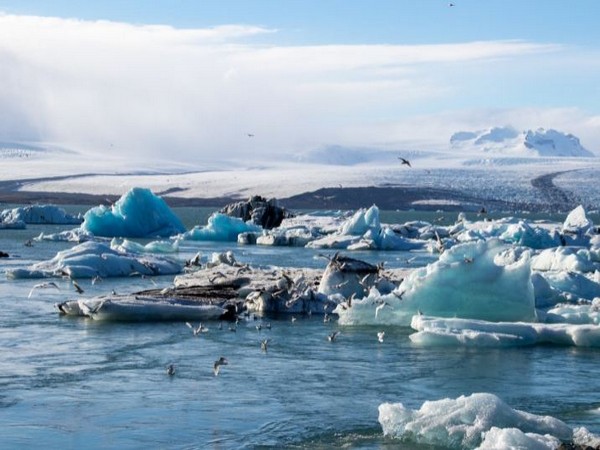Cold-adapted Arctic species more vulnerable to climate change: Study
The researchers studied a colony of 30,000 breeding pairs of thick-billed murres from the Coats Island in northern Hudson Bay and found that the animals showed signs of stress at temperatures as low as 21C.

- Country:
- Canada
A new study has found that Arctic species such as the thick-billed murre (a penguin-like black and white bird) are poorly adapted for coping with rising temperatures, making them more vulnerable to climate change.
The study led by researchers from McGill University is the first to examine heat stress in large Arctic seabirds. The findings of the study "Limited heat tolerance in a cold-adapted seabird: implications of a warming Arctic" are published in the Journal of Experimental Biology.
The researchers studied a colony of 30,000 breeding pairs of thick-billed murres from the Coats Island in northern Hudson Bay and found that the animals showed signs of stress at temperatures as low as 21C.
We discovered that murres have the lowest cooling efficiency ever reported in birds, which means they have an extremely poor ability to dissipate or lose heat.
Additionally, larger murres were found to be more sensitive to heat stress than smaller birds. Larger murres, weighing up to one kilogram, had a higher rate of increase in resting metabolic rate and a lower rate of increase in evaporative water loss as compared to smaller murres. This means when larger murres pant or flap their wings to cool off, they expend a very high amount of energy, producing even more heat.
"Overheating is an important and understudied effect of climate change on Arctic wildlife. Murres and potentially other Arctic species are poorly adapted for coping with warming temperatures, which is important as the Arctic continues to warm," noted Choy.
The limited heat tolerance of thick-billed murres may explain their mortalities on warm weather days, the researchers noted.
According to a recent report from the Arctic Monitoring and Assessment Programme (AMAP), the increase in Arctic annual mean surface temperature (land and ocean) was three times higher than the increase in the global average between 1971 and 2019.
- READ MORE ON:
- climate change
- Arctic global warming
- Arctic rising temperature
- murre










